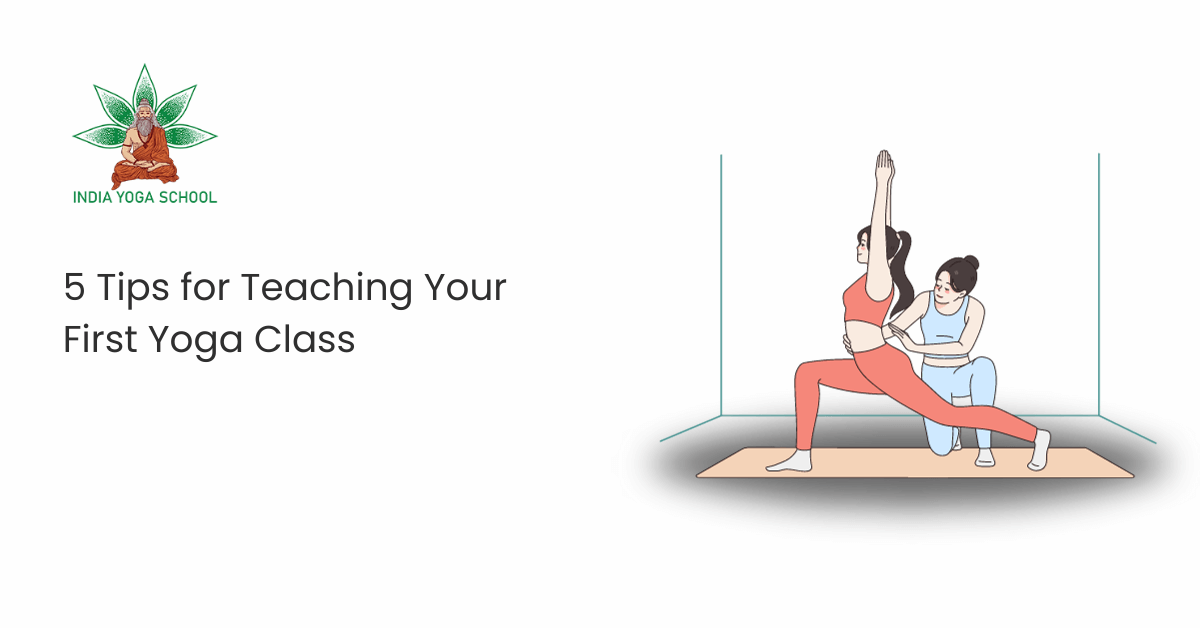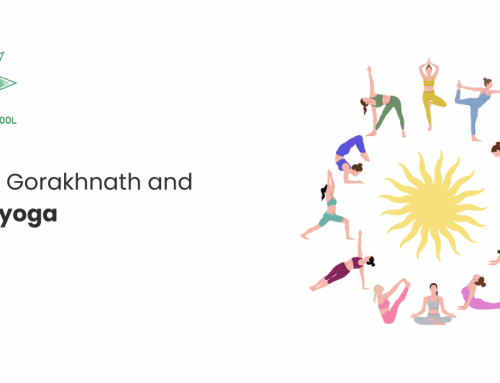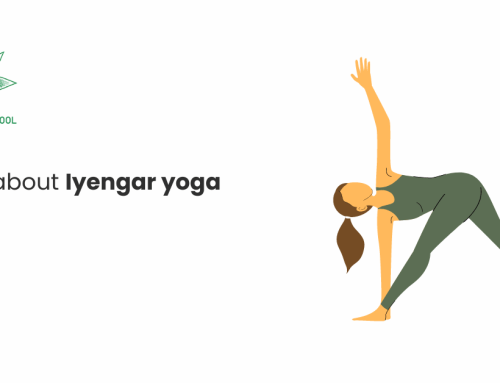Being a yoga teacher comes with responsibility, as you are directly dealing with the wellbeing of your students. The decision to become a yoga teacher is a profound act of selflessness that will allow you to share the benefits of this ancient practice with others. A “yoga teacher” is someone who is responsible for sharing yogic knowledge, and the first step toward becoming a certified yoga instructor is to complete a yoga teacher training program. YTT, as it’s commonly known, is meant to equip you with the knowledge and skills to educate others about yoga’s rich history, prepare you to impart valuable life lessons to your pupils, and hone your skills as an educator.
Yoga is more than just a set of exercises you do in the gym; it’s a way of life. Many students can’t learn about this way of living until they develop a relationship with a teacher.
Top 5 important tips for teaching your first yoga class
Strive for Harmony
Maintaining mental, physical, and emotional steadiness is crucial for any yoga instructor. This will help your students to depend on what you teach them both now and in the future. While we seek to attain balance in certain poses on the mat, there is a sort of balance that goes beyond your asana practice. Emotional and mental equilibrium help you stay happy, sensitive, and capable of developing a profound connection to yourself and others. Being mindful of the present moment and focused on yourself is facilitated by this practice. It has a significant effect on your effectiveness as a teacher since it makes you more approachable and modest as you gain expertise.
Show and tell me everything there is to know
The best yoga instructors create well-rounded classes for their students by planning out deliberate sequences and demonstrating each move thoroughly. This applies not just to the asanas but also to the breathing techniques, anatomy, and meanings behind them. In addition, you should never miss a chance to demonstrate your presence as a teacher by monitoring your class and making necessary adjustments, providing anatomical clues, sharing personal stories that relate to the topic at hand, etc.
Also Read: Benefits of Yoga for Students
Practice deep breathing techniques
The focus of a yoga session should be on the breath. By focusing on the breath, we may bring harmony to our bodies and minds on a fundamental level. Pranayama, the discipline of controlled breathing, should be a central aspect of your lesson, practiced both meditatively and physically. You may help your pupils understand pranayama methods and get them to practice them off the mat by introducing them to this. This will ultimately help your pupils develop concentration, create focus, and strengthen their asana practice.
Put your students at the center of your lesson plans
There can be times as a new teacher, even after completing YTT, when you’ll have students in your class that you weren’t prepared for. You can instill in this person more confidence in your teaching by investing time in seminars or continuing education programs before they enter your studio. These lessons or programs can let you know what alterations or modifications are optimal to offer in each individual case. They’ll also give you a hand in coming up with a comprehensive routine that covers all bases by incorporating asanas for relaxation, weight training, flexibility, and more.
Asanas for opening, standing, twisting, inverting, bending backwards, bending forwards, closing, and resting in savasana should all be incorporated within such a sequence. Also, evaluate the pupils experience level and create accordingly. Then, sprinkle in some flair by playing some music or telling a tale that relates to your topic.
Communicate effectively
Being an effective communicator is crucial if you want to teach yoga. Careful consideration should be given to how you address your class, ensuring that everyone can hear and understand what you say. This isn’t always an instant process and may require practice; therefore, try training your friends, family, or coworkers. At some point, you’ll reach a level of fluency where your words sound natural and unforced.
Also Read: Best yoga schools in India
Conclusion
By introducing your students to concepts like spirituality, acceptance, self-awareness, and the mind-body connection, you can serve as an inspirational role model. Follow these suggestions and your teaching will be one that is remembered by pupils for years to come.







Leave A Comment